Pilates balls promise to be the fastest way to supercharge your core - 7 home moves to try for a strong, defined midsection
Not a crunch in sight.


When it comes to the best core workouts for a strong, defined midsection, you can't go wrong with Pilates workouts. The viral practice, currently riding high on a wave of new-found popularity, really is the GOAT for strengthening and toning your abdominals.
Core work is truly at the heart of the whole Pilates ethos. Originally known as "controlology", Pilates is all about centering - one of the six key tenets of Joseph Pilates' eponymous practice. In a nutshell, his theory was that every move starts with strong core stability, so it follows that a Pilates class will work not only your superficial "abs" but also the deep abdominals, comprising the pelvic floor, obliques, and even back muscles.
In fact, studies (such as this one, published in the Journal of Muscles, Ligaments and Tendons) show that the benefits of Pilates span a strengthened core - so much so, that it's often recommended for the treatment of lower back pain (which, FYI, is often caused by a weak core).
What we really love about Pilates, though, is that no matter how long you've been practising it, there are always ways to up the ante on moves and challenge your muscles in new ways.
One of the best ways to add extra spice? Grab a small Pilates ball. They may look innocuous, but trust us when we say that they'll leave you begging for mercy (as MC UK writer Sofia Piza found when she penned this Pilates ball review after two weeks of testing). And their benefits aren't limited to causing a burn, either - studies (like this one, published in the journal Cureus) show that exercising with the small but mighty balls can even reduce period pain and cramps. Say no more - we're sold.
Keen to learn more? Buckle in and keep scrolling, as below, top experts have shared the best Pilates ball exercises to try at home or in-studio. New to Pilates? Don't miss our guides to the best Pilates exercises for beginners, or if you're more experienced and keen to dive in, scroll our round-ups of the best Pilates core moves, best core sculpting Pilates moves and the best Pilates bar exercises, here. Confused by all the jargon? Our explainer on the different types of Pilates will come in handy.
These are officially the best Pilates ball exercises to sculpt a strong core, according to an expert
What is a Pilates ball?
Never come across a Pilates ball before and wondering what they are? Then look no further.
Marie Claire Newsletter
Celebrity news, beauty, fashion advice, and fascinating features, delivered straight to your inbox!
"Pilates balls are soft, inflatable, and lightweight balls which can either be used fully or partially inflated in Pilates classes and other exercise routines to enhance balance, stability, and strength during workouts," explains personal trainer and founder of Paola's Body Barre, Paola Di Lanzo. "They tend to have a circumference of around 10 inches and are used to challenge core stability during exercises by creating an unstable base to work against."
Imagine a soft, slightly squishy, underinflated ball, that you can wedge between your knees, under your tailbone, and more.
@bala ♬ original sound - Shop Bala Bangles
Do Pilates balls work?
As with any workout equipment, you want to be sure that it's going to give you results. And we have good news: Pilates balls are remarkably effective when it comes to adding a level of spice to your workout that will leave you shaking (in the best possible way, of course).
"Pilates ball workouts are highly effective," says instructor Aleksandra Warburton. "The ball creates an unstable base, which essentially forces us to engage the smaller stabilising muscles (particularly in the core) that are often underused in traditional exercises.
"It also helps improve posture, flexibility, and strength, while offering versatile and low-impact options for those who want a challenging but also a joint-friendly Pilates workout."
What size ball is best for Pilates?
We're not talking about the larger Swiss balls you may have seen at the gym, FYI, as Pilates balls are around melon-sized. One of the trainers we spoke to for this piece refers to them as being like a rabbit's tail when used under our tailbone.
They can come in different sizes, but unless you're super tall or super short, you should be ok with a standard 20cm one - many are inflatable up to 23 cm if you're on the taller side.
Do note, though: it's important that the ball isn't overinflated. It should be delightfully squishy, to allow it to be squeezed and manipulated - pure sensory bliss!
Which trainers and celebrities love a Pilates ball workout?
It's no secret that celebrities love Pilates. From Harry Styles spotted at a swanky London reformer studio to Lori Harvey, Kendall Jenner and Hailey Bieber across the pond, Pilates is the workout the A-listers just can't get enough of. While we haven't got snaps of Harry with a ball, we can bet our bottom dollar he's probably used one in class.
@biebersgoodside ♬ original sound - 🎶🎧
Who are Pilates ball workouts best for?
Unlike more specialised Pilates equipment (the Reformer can be, quite frankly, terrifying to a beginner), the Pilates ball is perfect for all levels of ability. So no matter how often (or not) you don your grippy socks, you should get to grips with a Pilates ball.
"Pilates ball workouts are suitable for all fitness levels," agrees Warburton. "They're great for people looking to strengthen their core, improve posture, and increase flexibility. They are also a good option for those recovering from injury, as the exercises can be easily modified to suit individual needs."
What are the benefits of using a Pilates ball?
The main benefit of incorporating a Pilates ball into your practice is core activation. The ball creates instability, forcing your core to work harder to maintain balance and control, while it also adds resistance, helping to target and tone muscles, especially in the abdominals and glutes. We would always add of course, that you can't spot train body parts - but overall, the ball is great for core strength.
Another benefit of Pilates more generally is enhanced posture and alignment, and the ball supercharges all this goodness, too. "One of the top benefits of using a Pilates ball in your practice is the shape and density works the muscles around the spine in all direction of movement," explains Pilates trainer and programme co-ordinator at Balanced Body, Christine Crooks. "This gives a fuller expression of movement, especially into spine extension."
As Joseph Pilates famously said, "A man is only as old as his spinal column." So it's safe to say that mobility and flexibility in the spine can benefit us all.
If you need more convincing, beyond the physical benefits - did we mention that Pilates balls are relatively cheap, accessible and easy to transport and store?
In a nutshell: you can't go far wrong with adding this bijou ball to your home practice.
@soderlindjennie ♬ Close to you by gracie abrams unreleased - kai
How to use a Pilates ball
New to a Pilates ball and not sure where to start? Warburton has shared her top tips with us, here.
- Select the right size: Choose a ball that suits your height and ability to balance.
- Engage your core: Always keep your abdominal muscles activated to maintain balance and get the best results.
- Focus on alignment: Keep your spine in neutral alignment during exercises to avoid strain.
- Start with basic moves: Incorporate simple exercises like seated squeezes or bridges before progressing to more advanced moves.
- And remember: don't overinflate your ball. It should have some give.
7 instructor-approved Pilates ball exercises to try today
1. Abdominal curl
What? Sit on your mat with the ball tucked behind your mid-back. Cradle your head with your hands and begin to lay back over the ball to extend your spine. Keeping your hips still and your feet grounded, come up and down into your abdominal curl.
Why? This move will help to flex and mobilise your spine, for easier everyday movements, as well as working your core.
How long? Repeat 10 times.
2. Double table top to leg stretch
What? Pop your Pilates ball under your sacrum. Engaging your core, bring both legs up to table top, and slowly extend away from your body. Keep your legs glued together - the lower you get them, the more you'll feel this move in your core.
Why? "The position of the ball tilts the pelvis back slightly so it's great for people who struggle to work their deep core in double table top, or who feel their back or thighs over working," says Pilates instructor, physiotherapist and founder of Core LDN, Claire Mills.
How long? Try between five and 10 reps.
3. Knee Hover
What? Starting in an all fours position on your hands and knees, place the ball between the knees. Keep your back straight, and as you lift the knees of the floor press gently on the ball.
Why? This is a great neck-friendly move to find and activate those deep core muscles. The squeeze on the ball will engage your inner thighs, too.
How long? Repeat six to 10 times.
4. Bridge on ball
What? Lie on your back with one heel on the ball and the other foot flat. Lift your hips towards the ceiling, pressing your heel into the ball. Pause at the top, then lower back down. Switch legs after a few reps, to ensure the body is balanced and equally challenged on each side.
Why? Warburton recommends this move for targeting the glutes, hamstrings, and core, with the ball adding instability for an extra challenge.
How long? Repeat 10 times.
5. Scissors with a ball
What? Lie on your back, legs lifted, with the ball tucked under your sacrum. Lift the head, neck and shoulders into a crunch then lower one leg (to the mat, the other up towards the ceiling). Alternate legs and for an extra challenge, you can pass the ball underneath the legs instead of lying on it.
Why? This move engages the core, promotes flexibility, and challenges coordination.
How long? Aim for 30 seconds, working up to a minute (or more!)
6. Upper back extensions
What? With the ball between your shoulder blades, begin by lying flat on your back. Slowly curl up over the ball, rounding the spine into a C shape, and lower back down. This is similar to the ab curl at section one, but focuses more on back mobility.
Why? "This is one of my favourite core exercises," says Mille. "It's a great exercise for mobilising the upper back while working the upper abs through their full range."
How long? Aim for eight to 10 reps.
7. Modified side plank on forearm with ball squeeze
What? A standard modified side plank on your forearms - but with the ball squished between your knees for more core engagement.
Why? "This is a great whole body exercise," says Mills. "Adding the ball between the knees provides inner thigh resistance which facilitates the core and engages the anterior sling muscles (adductors and obliques)."
How long? Hold for 30 seconds, with a 10-second pulse on the ball.
Shop MC UK's go-to Pilates essentials now:
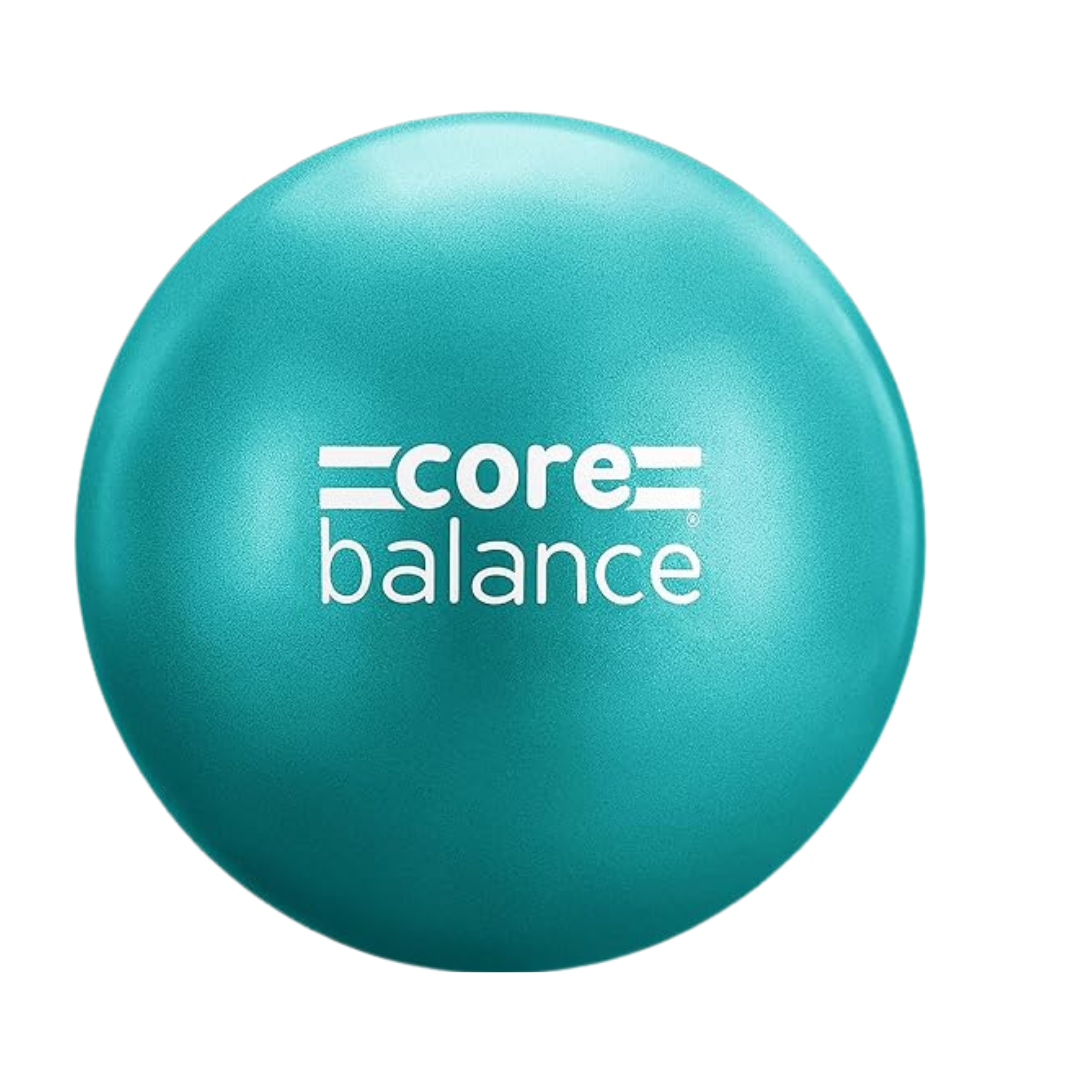
A good value, hard-wearing and anti-burst Pilates ball from Core Balance. It comes with a straw for easy inflation, meaning you can also deflate it for travel, too. The perfect portable Pilates pal, if you will.
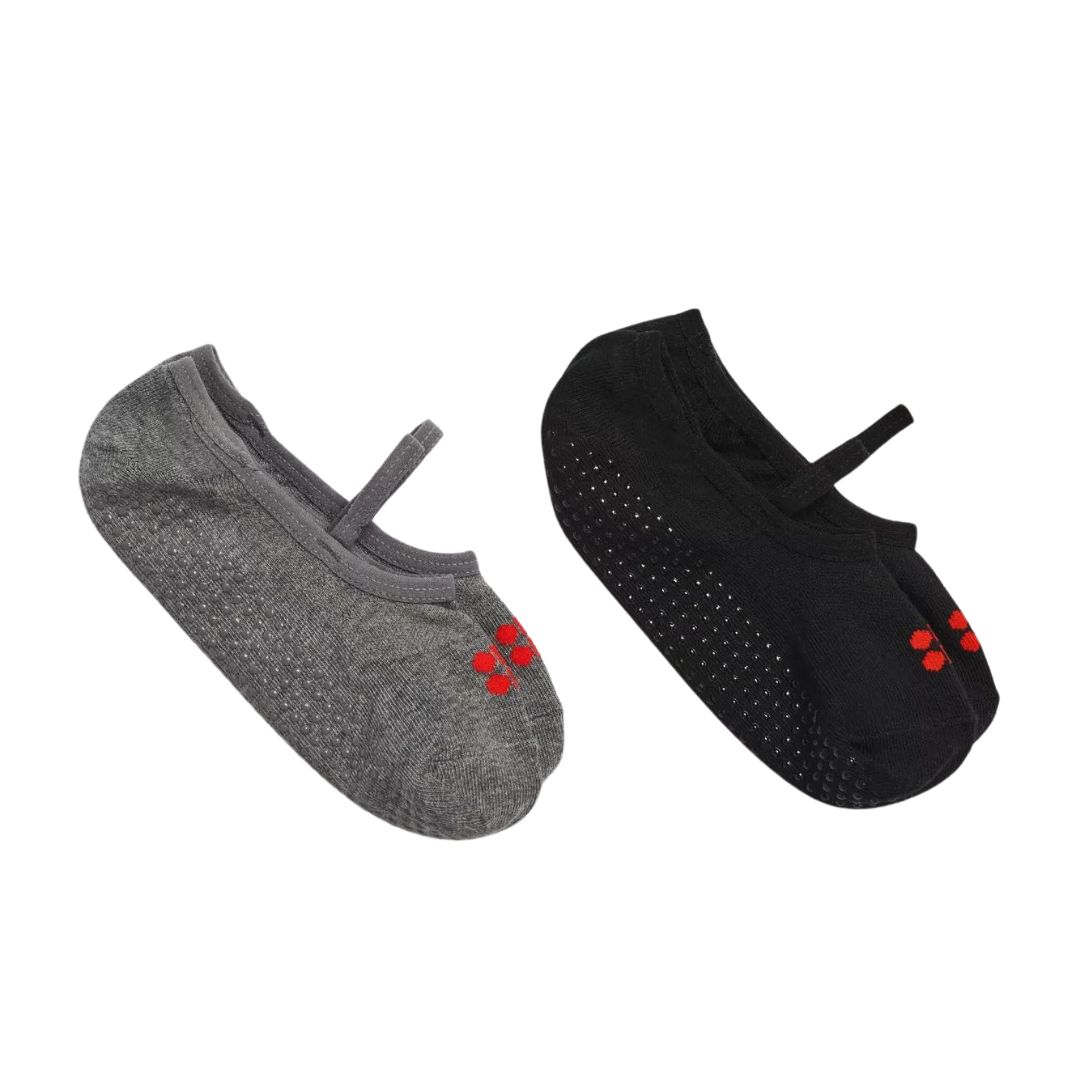
Ball, check. Grippy socks, check. You'll be ready to workout with these Pilates socks from Sweaty Betty - a Pilates essential, they come in packs of two. Trust us - even if you think you don't need them, we promise that you do - we may have slipped on the reformer once, wearing un-gripped socks.
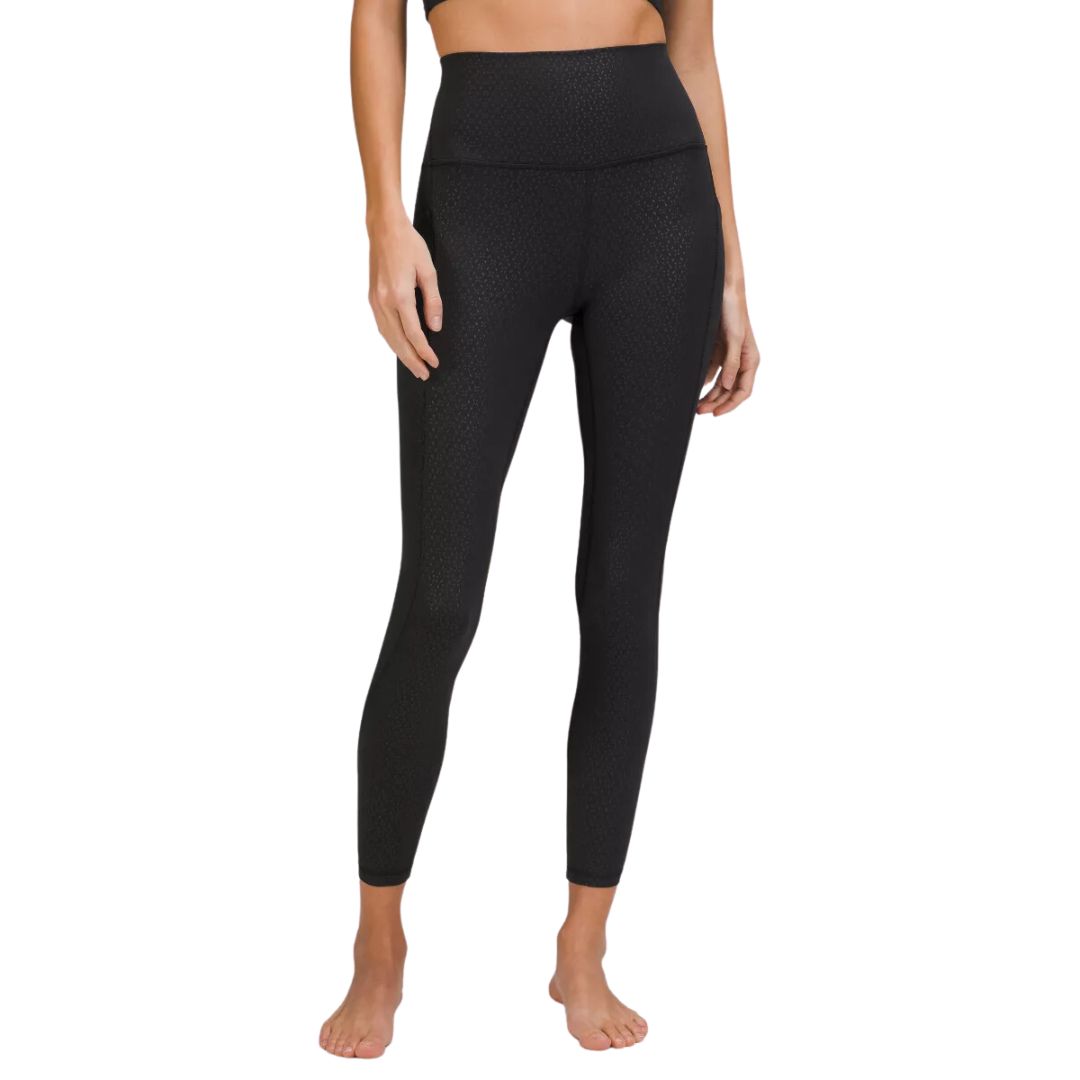
We've tried so many pairs of leggings, but the Align will always have our heart: super soft, supremely comfortable and opaque enough for even the deepest squats, they're our go-to for Pilates, yoga and more. Plus, the choice of leg lengths is a dream.
How long should we spend working out with a Pilates ball?
"A Pilates ball workout can range from 20 to 30 minutes," advises Warburton. "For beginners, it's best to start with 20 minutes and gradually increase as you build strength and confidence."
The upshot? The sky's the limit - but remember, consistency is key, so if you're pushed for time (and who isn't?) then prioritise frequency over duration, always.

Anna Bartter is a freelance journalist who writes about health, fitness and women's lifestyle for publications including Stylist, Metro and Psychologies, among others.
She's always on a quest to find a variety of fun and functional workouts that give you the most bang for your workout buck and she's passionate about championing movement for everyone's mental and physical wellbeing.
-
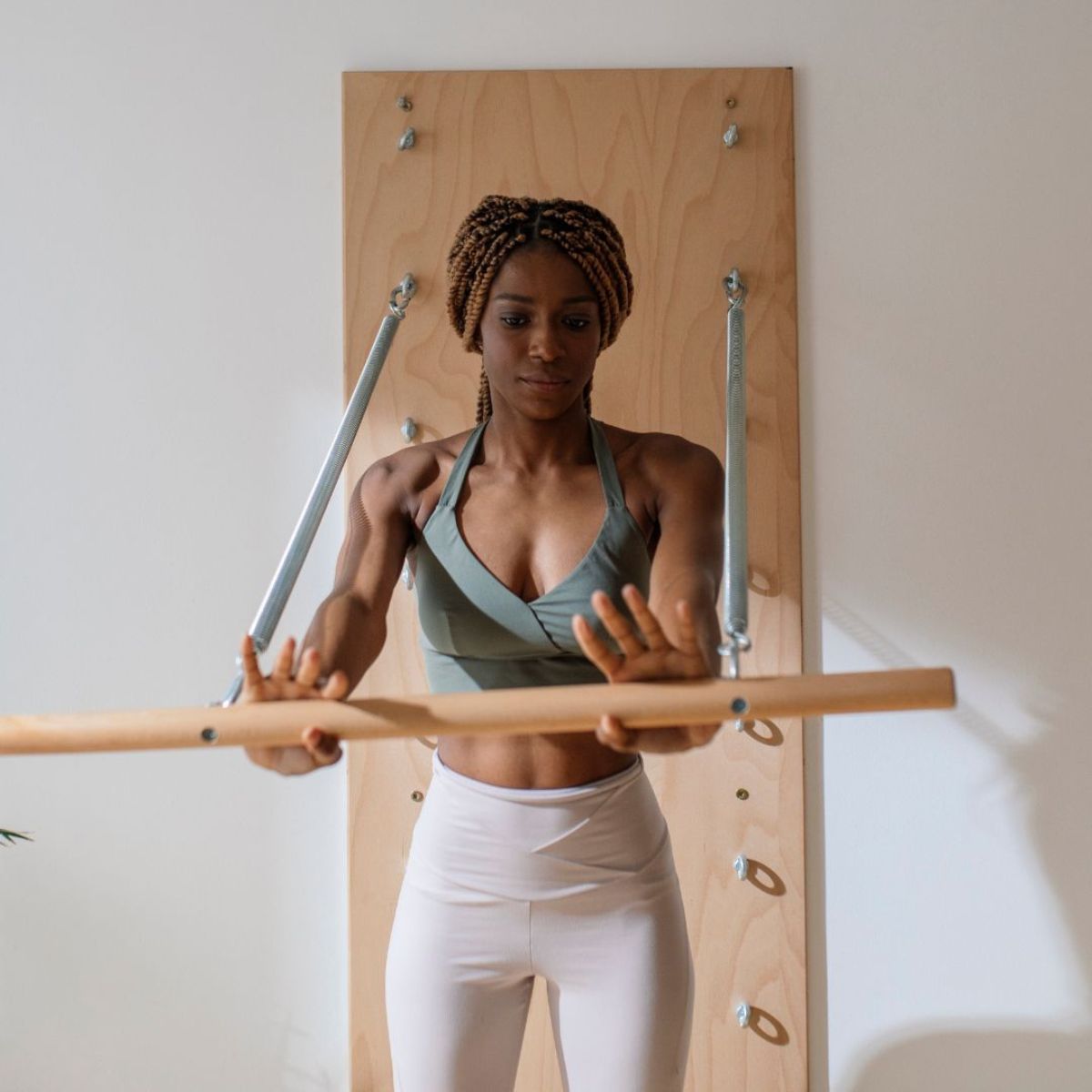 Stop what you're doing: these are, hands down, the best wall Pilates workouts for the core, according to top instructors
Stop what you're doing: these are, hands down, the best wall Pilates workouts for the core, according to top instructorsRigs at the ready.
By Katie Sims
-
 Modern Pilates is one of the most fun yet effective ways to strengthen and lengthen your body - 6 exercises to try
Modern Pilates is one of the most fun yet effective ways to strengthen and lengthen your body - 6 exercises to tryKeen to strengthen your entire body? This one's for you.
By Anna Bartter
-
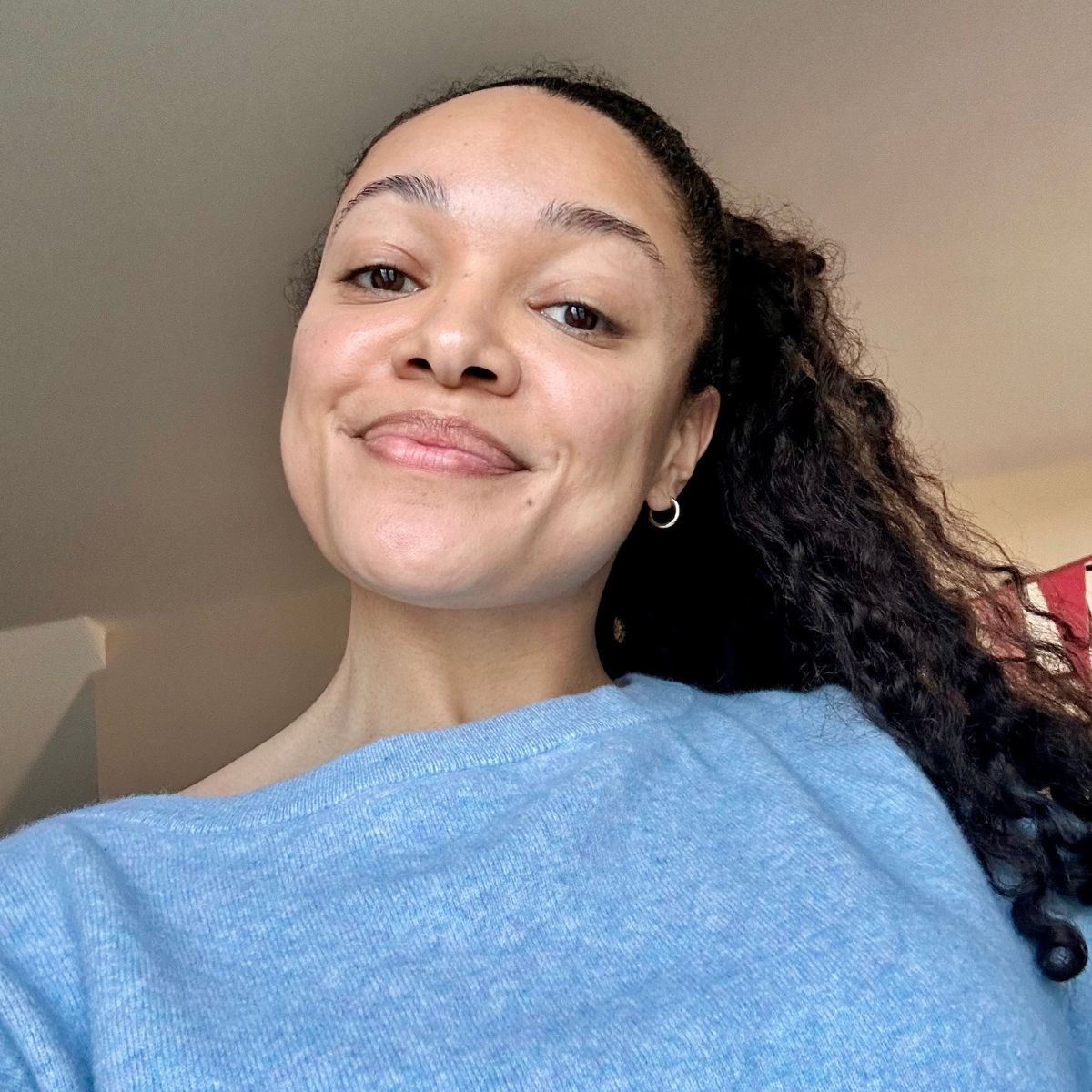 I tried Pilates roll-downs every day for a week - and was amazed at how quickly it eased years of stiffness
I tried Pilates roll-downs every day for a week - and was amazed at how quickly it eased years of stiffnessConsider my spine more mobile than before.
By Rebecca Shepherd
-
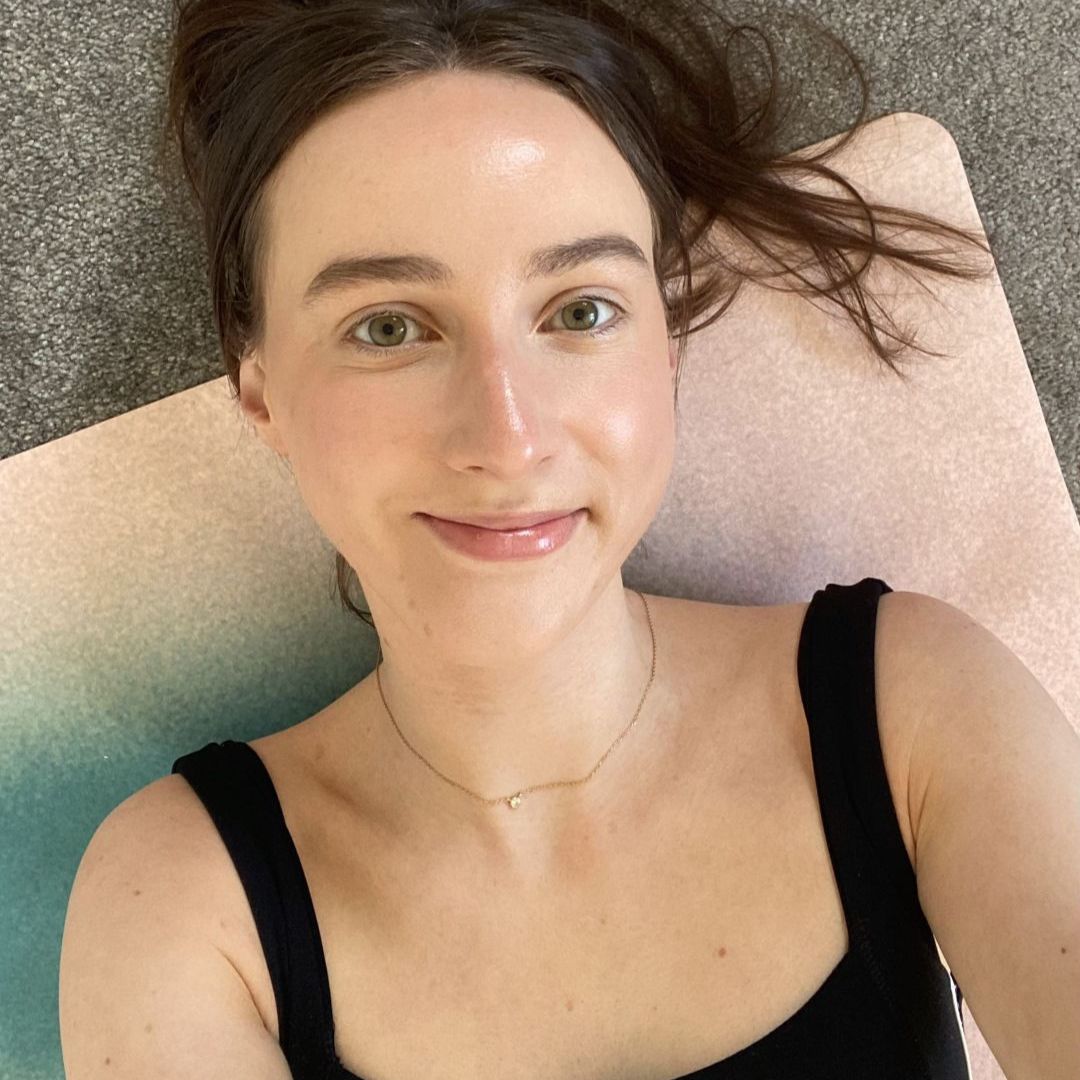 I tried Pilates scissors, the raved-about Pilates move - and think it's the best combination of stretching and strengthening ever
I tried Pilates scissors, the raved-about Pilates move - and think it's the best combination of stretching and strengthening everTrust me, this one's worth trying.
By Katie Sims
-
 Power walking is the latest trending workout - and it promises to supercharge your health in the simplest way
Power walking is the latest trending workout - and it promises to supercharge your health in the simplest wayKeen to find out more? Step this way...
By Rebecca Shepherd
-
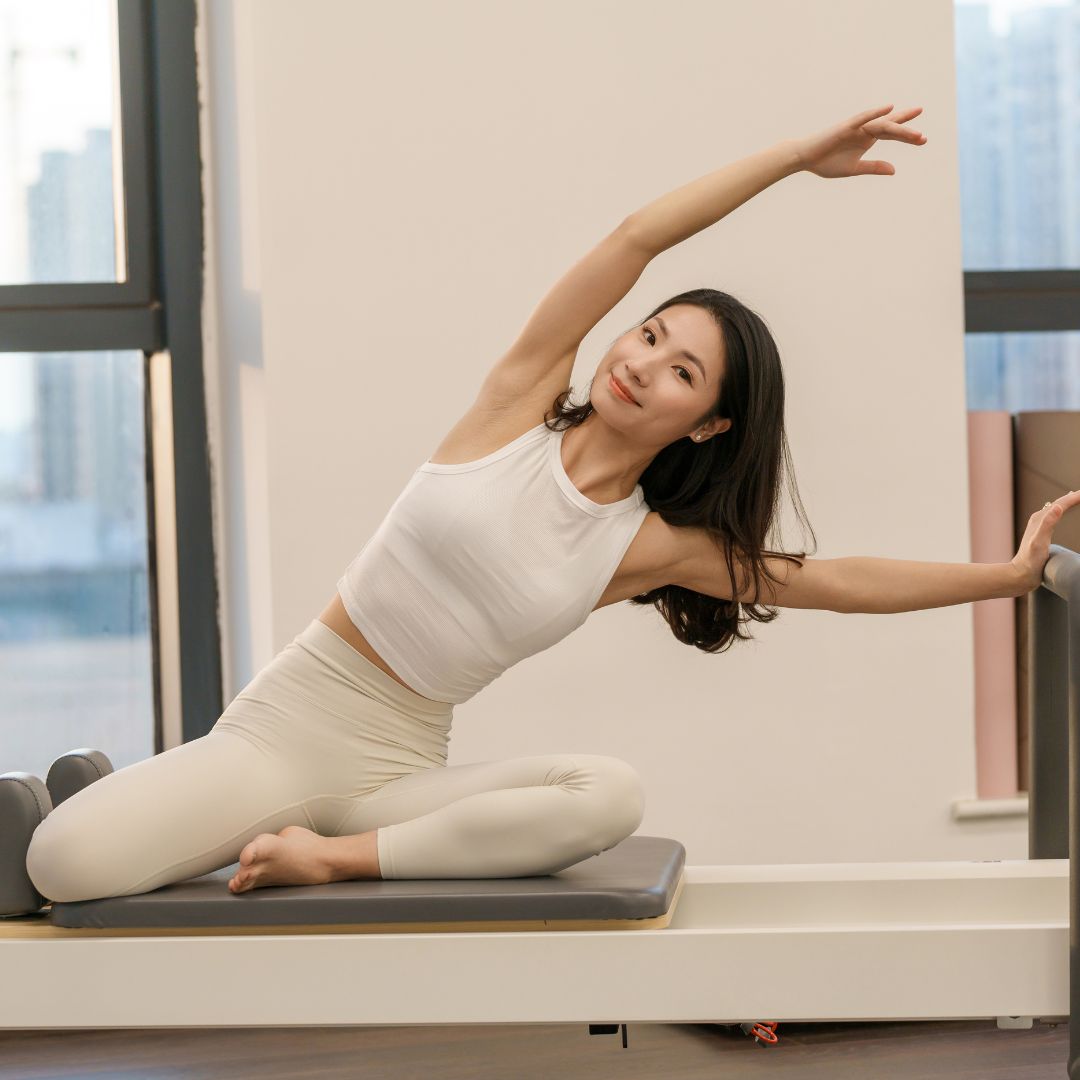 Eager to build a strong, stable core from home? 7 advanced Pilates core exercises that coaches do themselves
Eager to build a strong, stable core from home? 7 advanced Pilates core exercises that coaches do themselvesStability, strength *and* control? It's a yes from us.
By Anna Bartter
-
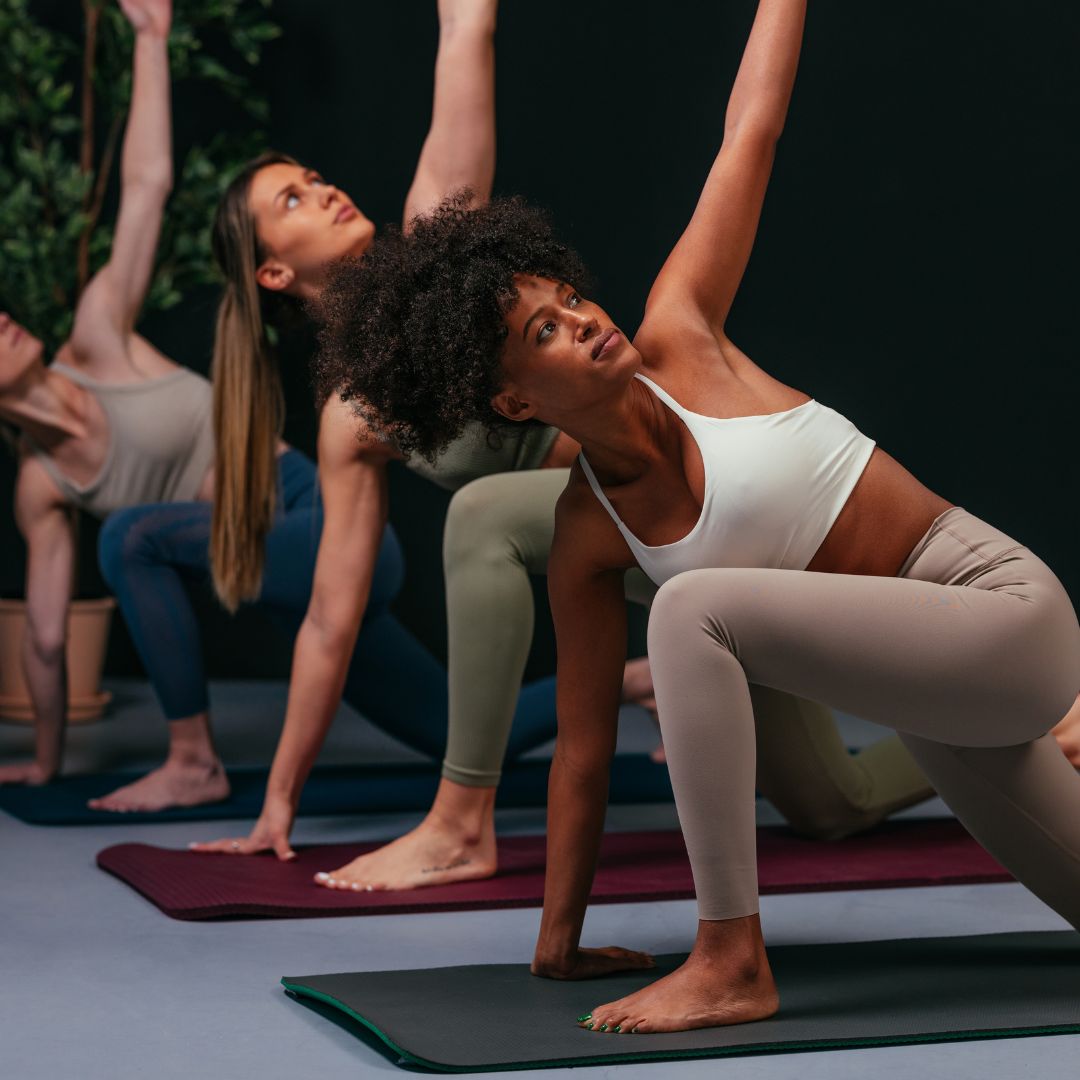 Classical Pilates is raved about worldwide as the most effective type of Pilates you can do - 8 exercises that instructors recommend
Classical Pilates is raved about worldwide as the most effective type of Pilates you can do - 8 exercises that instructors recommendTried, tested and trusted moves.
By Katie Sims
-
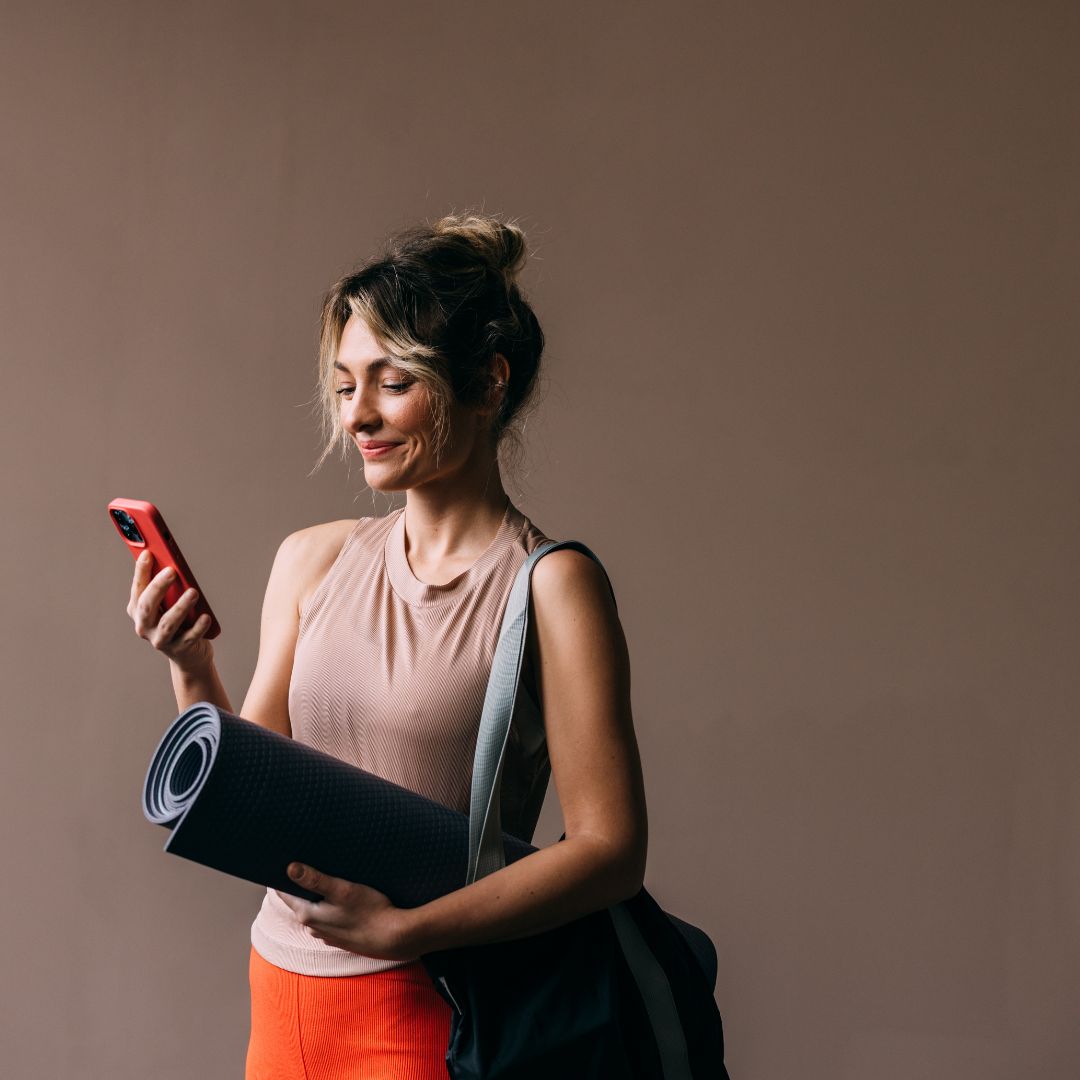 Fan of low-impact sessions? These are officially the 7 best Pilates apps for boosting strength, tone and mood
Fan of low-impact sessions? These are officially the 7 best Pilates apps for boosting strength, tone and moodYou can thank us later.
By Katie Sims









